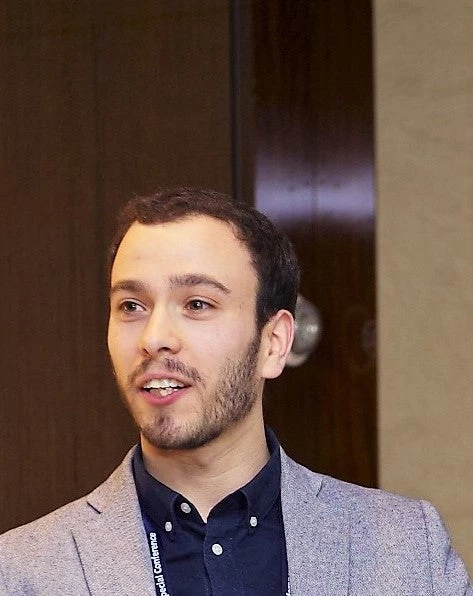Low and middle-income economies have borne the brunt of the global shocks and crises facing the world over the past few years, and recent research into poverty trends in these countries paints a concerning picture. The COVID-19 pandemic led to an unprecedented reversal of consistent decline in global poverty and caused the single largest annual increase in poverty rates since global poverty monitoring began, as documented in the 2022 Poverty and Shared Prosperity Report.
Using data from the recently updated Macro Poverty Outlook (MPO) database, we analyzed projected poverty changes across 104 low and middle-income countries since the pandemic shock. These poverty projections are derived by combining the most recent household survey data with additional information such as growth forecasts and using a range of tools including microsimulation models. While the projections are not official estimates, they reflect the most up-to-date information on poverty trends.
In 2020, three out of four low and middle-income countries saw their poverty rate at the international poverty line of $2.15/day increase relative to 2019. But how have countries fared since then?
After the initial increase in 2020, each year the majority of countries saw their poverty rates decrease (some based on actual data through 2021, and others using projections). In 2023, despite the ongoing crises, three out of four countries are estimated to see poverty rates decline.
The average poverty rate among low and middle-income countries (not weighted by population) is projected to have stayed roughly the same - 18.6% in 2019 and 18.3% in 2023. Over half of the countries had a lower poverty rate in 2023 than in 2019 suggesting that, on average, low and middle-income countries have recovered to their pre-pandemic levels. Yet, individual country experiences have varied significantly over the past five years.
Most regions include countries where poverty has gone up and countries where poverty has gone down. Sub-Saharan Africa stands out as a region with the most extreme outcomes. For instance, Mali is projected to have experienced a poverty increase of 7.2 percentage points between 2019 and 2023.
Meanwhile, the DRC is projected to see poverty decrease by 3.9 percentage points in the same period. It is clear that many countries in Sub-Saharan Africa have not yet recovered from the recent economic shocks and crises. Of the ten countries with the sharpest projected increases in poverty since the outbreak of the pandemic, eight are in Sub-Saharan Africa.
Conversely, a few regions showed surprising resilience to the COVID-19 pandemic in terms of poverty levels. All the countries analyzed in the Europe & Central Asia region had lower projected poverty rates in 2023 compared to pre-pandemic levels (data for Ukraine are unavailable at this poverty line). The same is projected for South Asia with the notable exception of Sri Lanka. Latin America & the Caribbean also has strong performers, such as Brazil and Guatemala, with projected 3.5 pp and 2.5 pp decreases respectively.
The magnitude of changes at the international poverty line is, in part, a function of the levels of poverty. Since most countries outside of Sub-Saharan Africa have low poverty rates at this line, even large crises and recoveries are unlikely to change the poverty rate by much, when measured as percentage point changes.
Yet these trends also hold true, for the most part, at the lower middle-income poverty line ($3.65/day) and the upper-middle-income poverty line ($6.85/day), with some exceptions. For example, Armenia and Tajikistan are projected to have experienced slight poverty decreases at the $2.15 poverty line, but double-digit decreases at the $6.85 poverty line. Economic recovery in relatively wealthier countries can thus be understated if looking solely at the $2.15 international poverty line.
Ultimately, the stability of the average poverty rate of low and middle-income countries over the last four years hides significant country-level changes, both positive and negative. Exactly why some countries may have fallen deeper into poverty and others recovered beyond pre-pandemic levels is a complex question. But it could be beneficial to look further into the success stories to learn lessons on how other countries might be able to get back on track with their poverty reduction goals.
To learn more about recent developments in poverty and inequality in a country, the two-page Poverty and Equity Briefs available for more than 100 countries are a valuable resource.






Join the Conversation